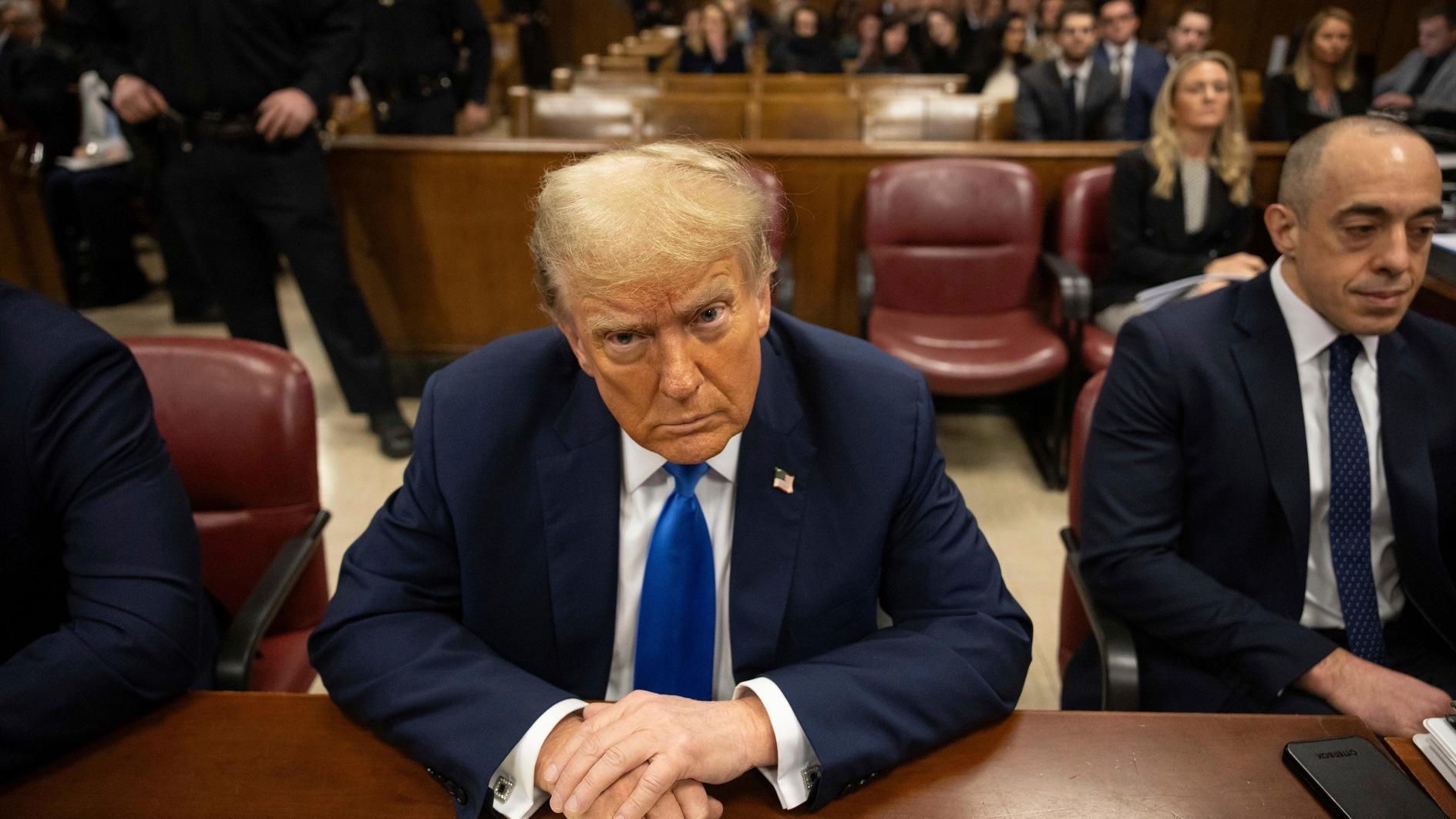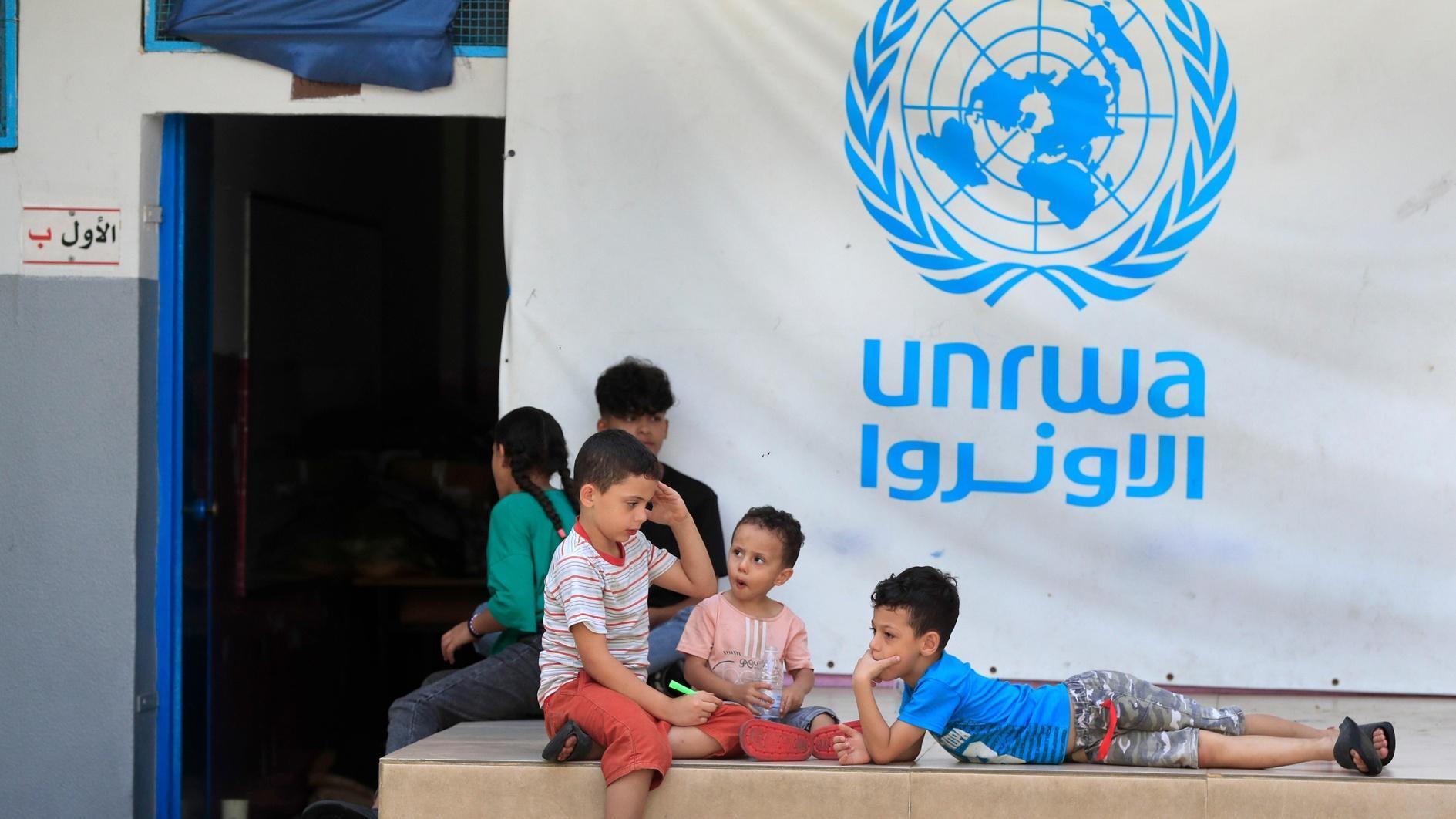What if Russia wants to suffer the consequences?
Until Jan. 29, elementary military technology described a Russian Su-24 aircraft as a supersonic, all-weather bomber developed in the Soviet Union, and a Su-34 as a jet designed for tactical deployment against ground and naval targets on solo and group missions with counter-fire and electronic warfare counter-measures. The main difference between the two aircraft was that the advanced Su-34 was a replacement for the Su-24. Jan. 29 displayed another major difference: Su-24s can be shot down when they violate Turkish airspace while Su-34s cannot.
When a Russian Su-24 violated Turkish airspace and was shot down on Nov. 24, 2015, the Foreign Ministry said the aircraft had indeed violated Turkish airspace and Prime Minister Ahmet Davutoğlu said the Russian jet was shot down because it had violated Turkish airspace. Crystal clear. However, when a Russian Su-34 violated Turkish airspace on Jan. 29, while the Foreign Ministry said the aircraft had indeed violated Turkish airspace, this time Mr. Davutoğlu said the Russian fighter had violated NATO’s airspace.
How do we define Turkish and NATO airspaces? When is Turkish airspace Turkish airspace and when is it NATO’s airspace? The military and diplomatic jurisprudence displayed by Turkey in two months concludes that Turkish airspace is Turkish airspace when violated by a Su-24 and NATO airspace when violated by a Su-34. Is Ankara telling Moscow that any future violations should be performed by Su-34s instead of Su-24s in order to prevent another shooting incident? If the Russians had sent a Su-34 instead of a Su-24 last November, a Turkish-Russian crisis would have been avoided. What a pity.
Mr. Davutoğlu said he instructed the Foreign Ministry to ask Russia to explain this [Jan. 29 Su-34] violation to the NATO Secretary General. That reveals another supreme feature of the Su-34: That its violations do not concern the country in question but, instead, concern NATO. Russian aviation technology is impressively advancing. A violation by a future Su-44 may prompt the Turkish government to refer the incident to UNESCO.
If, as Mr. Davutoğlu firmly reiterated before and after the last incident, ANY aircraft that violates Turkish airspace should be shot down (and that it is Turkey’s sovereign right to protect its airspace), why was the Su-34 not shot down on Jan. 29? If, on the other hand, shooting down a Russian jet that violates the Turkish airspace is not a good idea, why was the Su-24 shot down on Nov. 24, 2015?
But it is a good thing that Turks are learning – though by suffering. A pro-government, anti-Russia columnist in Hürriyet asked: “Has there ever been [a country] in history that gives up one aircraft [Su-24] and wins a country [Syria]?” Good sign that Mr. Davutoğlu’s government and its fans are advancing in elementary chess.
The Su-34 affair unveiled the fragility of Turkish policy principles. By sending the aircraft on a mission to violate the Turkish airspace, the Russians wanted to test what they already knew would and would not happen: Thanks to its three-surface design, the Su-34 proved to survive after it violated the Turkish airspace.
There are two more conclusions. President Recep Tayyip Erdoğan said that he wanted to meet Russian President Vladimir Putin personally after the incident but “there has been no answer on this yet.” We now know that Mr. Putin does not want to speak with Mr. Erdoğan whether it is a downed Su-24 or a safe Su-34.
Last conclusion is a cheerful one for both Turkey and Russia. Turkey has persistently defended a no-fly zone in northern Syria. Now it has one: Russia’s de facto no-fly zone.
Unable to communicate with Mr. Putin, Mr. Erdoğan warned that “Russia will have to bear the consequences if the violations [of Turkish airspace] continue.” That may provoke further Russian violations. Judging from how the war in Syria has progressed since Nov. 24, 2015, the Russians may cheerfully wish to bear the consequences.










